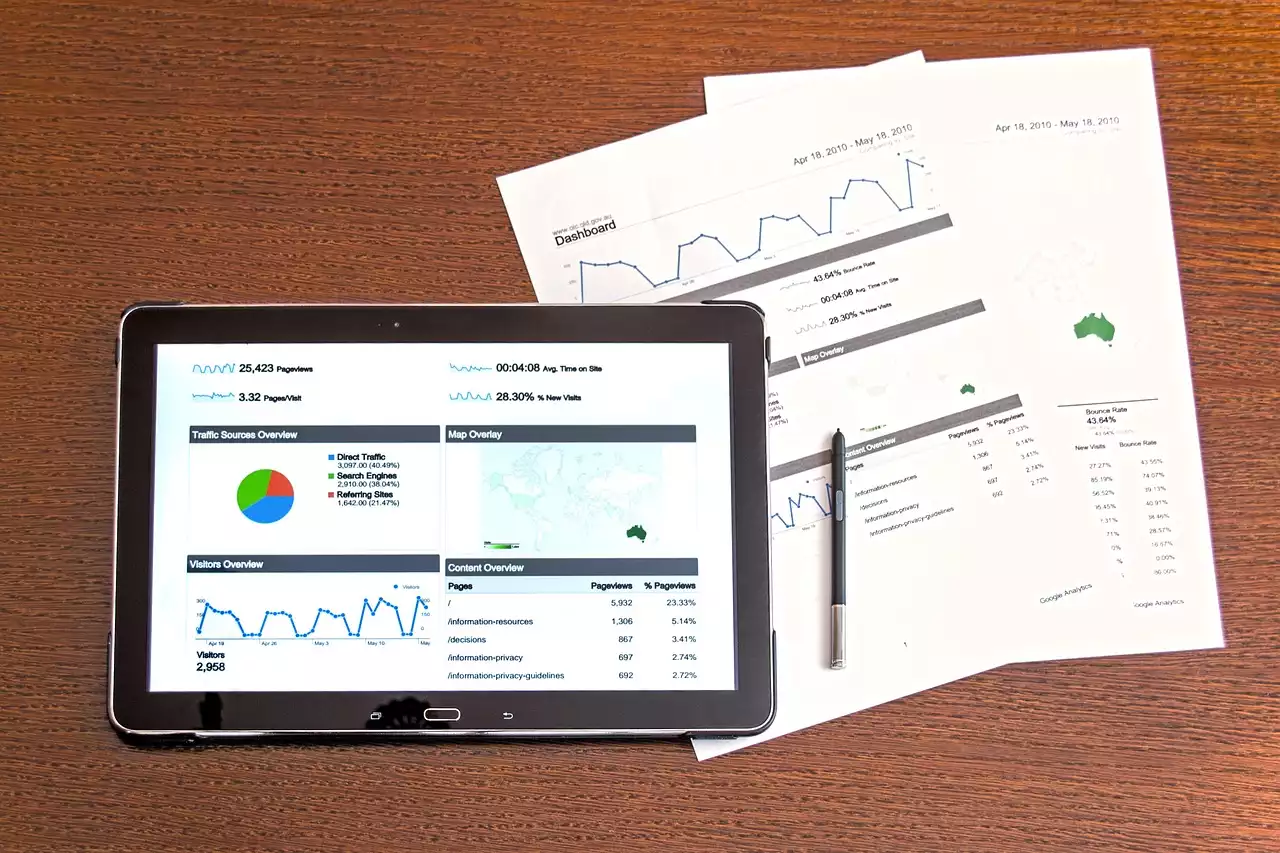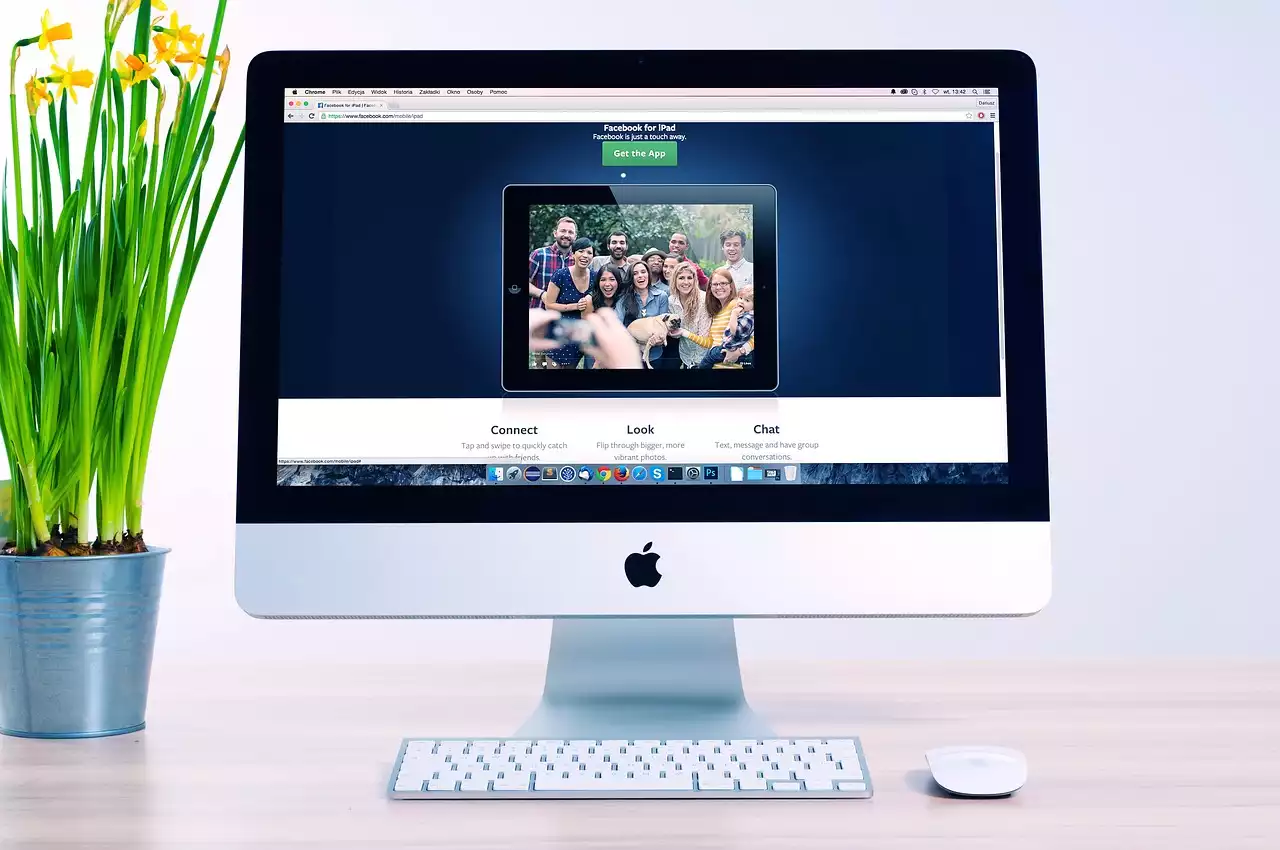Importance of A/B Testing
A/B testing, also known as split testing, is a scientific approach to improving the performance of your landing pages. It involves creating two versions of a page, A and B, with one element changed between them. For example, you might test the color of a call-to-action button or the placement of a form. Then, you direct an equal amount of traffic to each page and measure the results to determine which version performs better. By testing different variations, you can identify the most effective design, copy, and layout for your landing pages.
A/B testing is an essential component of conversion rate optimization (CRO), which is the process of improving the percentage of visitors who take the desired action on your website. By optimizing your landing pages through A/B testing, you can increase your conversion rates, lower your bounce rates, and ultimately generate more revenue for your business. Moreover, A/B testing can help you understand your audience better and gain insights into what motivates them to convert.
A/B Testing Process
Now that you understand the importance of A/B testing, let's dive into the process of how to conduct an A/B test for your landing pages.
Choosing What to Test
The first step in A/B testing is to determine what element you want to test. Before you start testing, you should have a clear hypothesis about what you want to achieve. This could be anything from increasing the click-through rate on a button to improving the conversion rate of a lead form. To come up with a hypothesis, you should consider your business goals, your target audience, and your current data. Once you have a hypothesis, you can choose which element to test.
Creating A/B Testing Variations
Once you've identified the element you want to test, it's time to create two variations of your landing page. The key to successful A/B testing is to change only one element at a time. This ensures that you know exactly what is causing the difference in performance between the two pages. For example, if you want to test the color of a button, you would create two versions of your landing page with the same copy, layout, and imagery, but with a different button color on each page.
Running A/B Tests
After you've created your two variations, it's time to run your A/B test. You should split your traffic evenly between the two pages, so that half of your visitors see version A and the other half see version B. This ensures that your results are statistically significant. The length of your test will depend on your traffic volume and the size of the difference you expect to see. In general, you should run your test until you achieve a 95% confidence level.
Analyzing A/B Test Results
Once your test is complete, it's time to analyze the results. The most important metric to consider is your conversion rate. You should compare the conversion rates of your two pages to determine which one performed better. However, you should also look at other metrics, such as bounce rate, time on page, and click-through rate. These metrics can help you understand why one page performed better than the other.
Common A/B Testing Mistakes to Avoid
While A/B testing can be a powerful tool for improving your landing pages, it's important to avoid common mistakes that can skew your results. Here are some of the most common mistakes to avoid:
- Testing too many elements at once: To ensure accurate results, you should only test one element at a time.
- Testing for too short a period: You should run your test until you achieve a 95% confidence level. Testing for too short a period can lead to inaccurate results.
- Not segmenting your audience: Your audience may behave differently depending on their demographics, location, or device. It's important to segment your audience to ensure accurate results.
- Not considering seasonality: Your audience may behave differently depending on the time of year. It's important to consider seasonality when conducting A/B tests.
Tools for A/B Testing
There are many tools available for conducting A/B tests on your landing pages. Here are some of the most popular:
- Google Optimize: A free A/B testing tool from Google that integrates with Google Analytics.
- Optimizely: A powerful A/B testing and personalization platform with a user-friendly interface.
- VWO: A comprehensive A/B testing and conversion optimization platform with advanced targeting options.
- Unbounce: A landing page builder with built-in A/B testing capabilities.
Next Steps
Now that you understand the basics of A/B testing for landing pages, it's time to put your knowledge into action. Start by identifying the elements of your landing pages that you want to test. Then, create two variations of your page with one element changed between them. Run your test until you achieve a 95% confidence level, and analyze your results to determine which page performed better. Remember to avoid common A/B testing mistakes and use a tool that suits your needs. By using A/B testing to optimize your landing pages, you can improve your conversion rates and grow your business.










